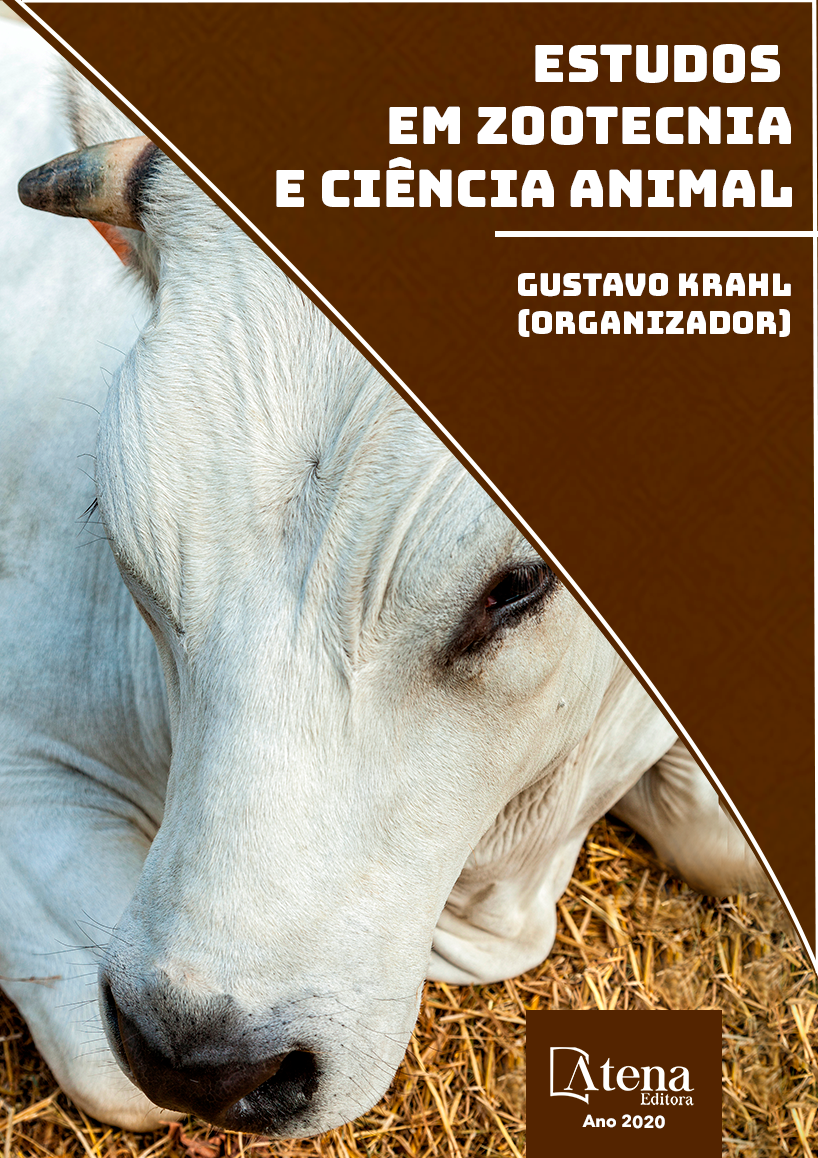
DETERMINAÇÃO DE FRESCOR E RENDIMENTOS DE CORTE DE Lutjanus purpureus DESEMBARCADO NO MUNICÍPIO DE BRAGANÇA-PA
Com a pesquisa teve o objetivo de avaliar as características sensoriais, a morfometria corporal e o rendimento de cortes no processamento do pargo (Lutjanus purpureus) em diferentes classes de peso, proveniente da pesca extrativa da região Norte. Foram utilizados 60 exemplares distribuídos em delineamento inteiramente casualizado, composto por quatro tratamentos: T1= <650g; T2= 651-750g; T3= 751-850g; T4= >851g, com 15 repetições. A análise sensorial foi realizada com base na ordem de pontuação em scores de 1-4 para os seguintes atributos: cor, olhos, brânquias, escamas, mucosidade, integridade, odor, firmeza abdominal e firmeza muscular. O somatório das pontuações dos atributos, para cada categoria de peso, foi utilizado como nota representativa da estimativa de qualidade, seguindo a seguinte ordem: pescados com grau de frescor excelente (36-33), bom (32-27), regular 26-21 e rejeitável (< 21). Em seguida, foram avaliados os rendimentos de cortes do peixe eviscerado; do filé com pele; do filé sem pele; da pele; dos resíduos; da cabeça; carcaça e costela. Os resultados da análise sensorial apresentaram efeito significativo (p<0,05) apenas para o atributo integridade. A nota global 27,00 “Bom” foi atribuída aos espécimes do tratamento T4 que se destacaram com o melhor grau de frescor. Os melhores rendimentos de cotes de filé com pele e filé sem pele, foram observados respectivamente nos tratamentos T1= 43,19% e T2= 34,57%, indicando altos rendimentos de filé, compreendendo espécimes entre 650 a 750 g e possível peso de abate ideal para espécie.
DETERMINAÇÃO DE FRESCOR E RENDIMENTOS DE CORTE DE Lutjanus purpureus DESEMBARCADO NO MUNICÍPIO DE BRAGANÇA-PA
-
DOI: 10.22533/at.ed.04720310122
-
Palavras-chave: Recursos pesqueiros, Lutjanídeos, análise sensorial, rendimentos de cortes
-
Keywords: Fishery resources, Lutjanídeos, sensory analysis, cutting yields
-
Abstract:
The objective of this study was to evaluate the body morphometry and the yield of cuts in the fish processing (Lutjanus purpureus) in different weight classes from extractive fisheries in the North. 60 specimens were distributed in a completely randomized design, consisting of four treatments: T1 = <650g; T2 = 651-750g; T3 = 751-850g; T4 => 851g, with 15 replicates. Sensory analysis was performed based on the order of scores from 1-4 for the following attributes: color, eyes, gills, scales, mucosity, integrity, odor, abdominal firmness and muscle firmness. The sum of the attribute scores for each weight category was used as a representative grade for the quality estimate, in the following order: fish with excellent freshness (36-33), good (32-27), regular 26- 21 and rejectable (<21). Then, the yields of the gutted fish were evaluated; the filet with skin; the skinless fillet; of the skin; waste; from the head; carcass and rib. The results of the sensory analysis showed significant effect (p <0.05) only for the integrity attribute. The overall grade 27.00 “Good”, given the T4 treatment specimens highlight them with better freshness. The best yields of skin and fillet fillets were observed respectively in treatments T1 = 43.19% and T2 = 34.57%, indicating high fillet yields, comprising specimens between
-
Número de páginas: 11
- Carlos Alberto Martins Cordeiro
- Keber Santos Costa Junior
- Natalino Costa Sousa
- Joel Artur Rodrigues Dias
- Francisco Alex Lima Barros
- Cindy Caroline Moura Santos
- Fernanda dos Santos Cunha
- Juliana Oliveira Meneses
- Lívia da Silva Santos
- Tereza Helena da Piedade Gomes


